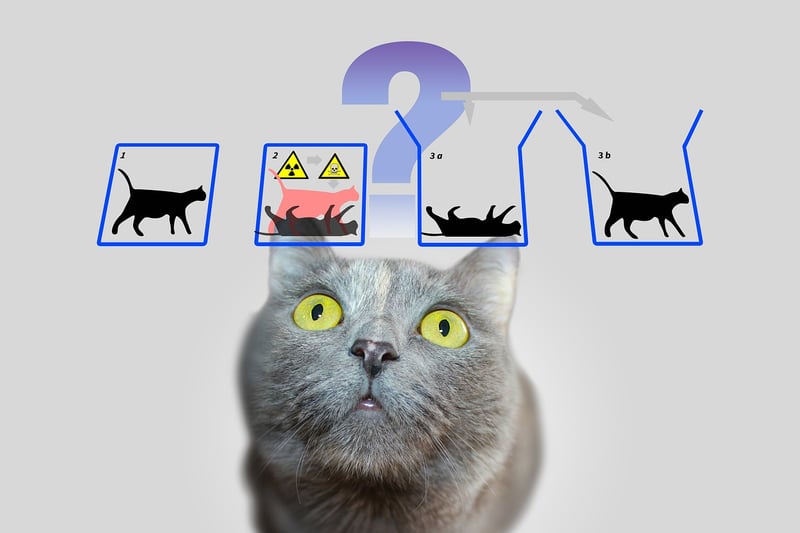Quantum Physics
Mechanisms for Time Travel and Quantum Physics
Time travel has been a popular topic in science fiction for decades, but is it possible in the real world? The concept of time travel is a fascinating one that has intrigued scientists, physicists, and writers alike. In the realm of theoretical physics, particularly in the field of quantum physics, there are several mechanisms proposed that could potentially allow for time travel.
1. Wormholes
One of the most well-known mechanisms for time travel is through the concept of wormholes. Wormholes are theoretical passages through space-time that could create shortcuts for long journeys across the universe. If traversable wormholes exist, they could potentially allow for travel not only across vast distances but also through time.

2. Quantum Entanglement
Quantum entanglement is a phenomenon in quantum physics where two particles become connected in such a way that the state of one particle is instantly correlated with the state of the other, regardless of the distance between them. Some theories suggest that manipulating quantum entanglement could potentially lead to communication across time or even time travel.

3. Closed Time-like Curves
Closed time-like curves are paths through space-time that loop back on themselves, theoretically allowing for time travel to the past. These curves are a solution to Einstein's field equations in general relativity, but their existence and practicality for time travel are still subjects of intense debate among physicists.

In conclusion, while the idea of time travel remains a fascinating concept, the mechanisms proposed in quantum physics are still largely theoretical and far from practical application. The study of time travel continues to push the boundaries of our understanding of the universe and remains a captivating subject for scientific exploration.
